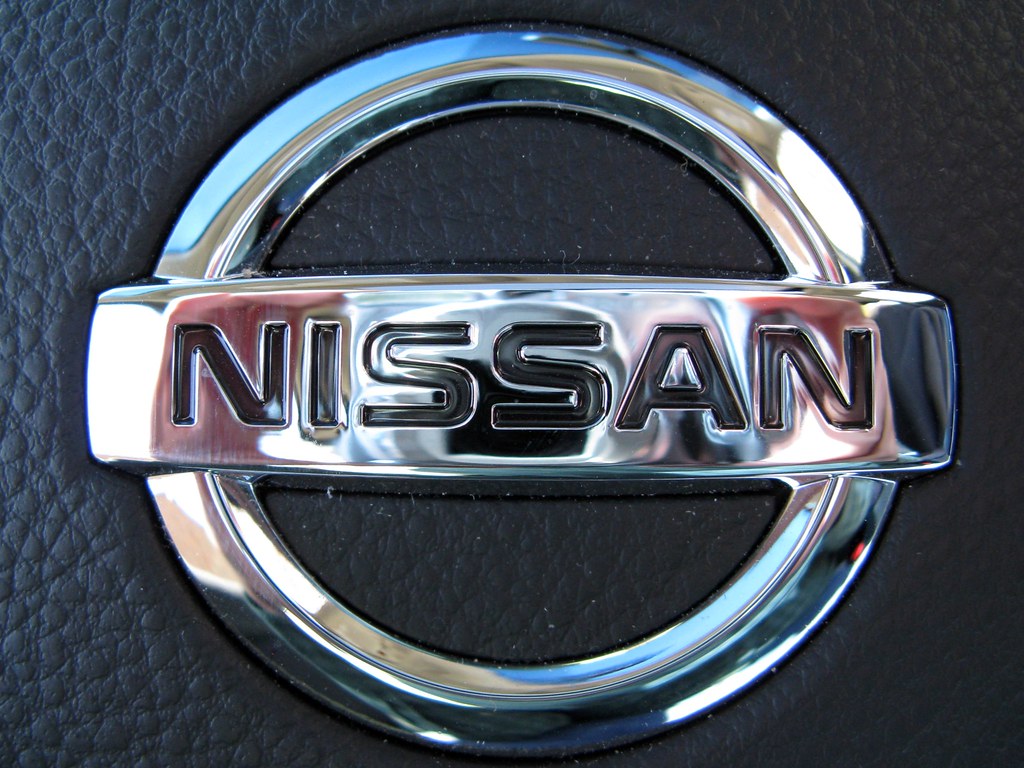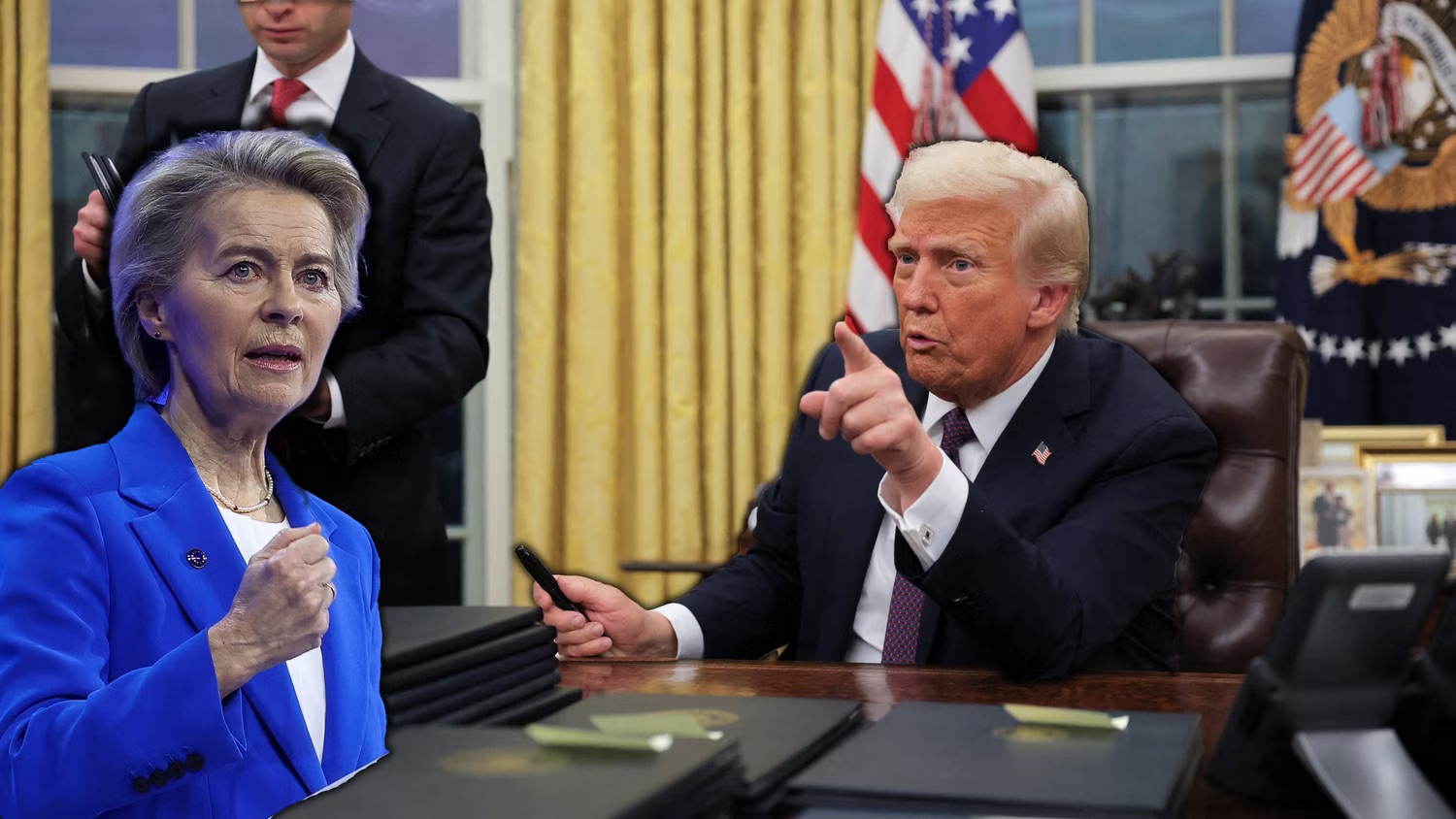As Europe’s regulatory environment evolves, compliant stablecoins have begun to dominate the cryptocurrency market, marking a significant shift in digital asset usage across the region. A joint report by research firm Kaiko and Netherlands-based crypto exchange Bitvavo sheds light on this trend, detailing the impact of regulatory frameworks on cryptocurrency trading, especially with the integration of the euro and stablecoins.
Growth of Euro-Denominated Trading
The report indicates that throughout 2024, trading volumes denominated in euros consistently surpassed the average volumes recorded in 2023. Notably, trading activity peaked in March and November, with each month seeing transactions exceed $42 billion. This surge underscores the euro’s expanding influence in the cryptocurrency markets, where it has become the third most-traded fiat currency, capturing 7.5% of the fiat-based trading volume. Despite this growth, the United States dollar remains the predominant currency with a 49.9% share, followed by the Korean won at 33.4%.
The implementation of the Markets in Crypto-Assets Regulation (MiCA) has been pivotal in reshaping the stablecoin landscape in Europe. These regulations, which govern asset-referenced and electronic money tokens, were fully enforced by December 30, 2024, following their introduction on June 30. In response to these changes, Tether announced the discontinuation of its euro-pegged stablecoin, EURt (EURT), aligning its operations with the new regulatory environment by ceasing the minting and support of EURT on all blockchains.
Despite Tether’s withdrawal from the euro-backed stablecoin market, other euro-denominated stablecoins have flourished. Throughout 2024, monthly trading volumes for such stablecoins consistently exceeded $300 million, with November recording nearly $800 million in transactions.
Dominance of MiCA-Compliant Stablecoins
By late 2024, MiCA-compliant stablecoins had seized a substantial portion of the European market. Prominent examples include Circle’s EURC, Societe Generale’s EURCV, and Banking Circle’s EURI, which collectively accounted for 91% of the market share by November. This dominance reflects the market’s rapid adaptation to regulatory standards and the growing trust in compliant stablecoins.
Binance, a major global cryptocurrency exchange, has significantly increased its presence in the European stablecoin market. After listing EURI in August, Binance nearly matched the market share of Coinbase, highlighting its strategic positioning within the region.
| Event | Date | Impact |
|---|---|---|
| Full implementation of MiCA | Dec 30, 2024 | Reshaped the stablecoin landscape |
| Tether discontinues EURt | Nov 27, 2024 | Withdrawal from the euro-backed stablecoin market |
| Binance lists EURI | Aug 2024 | Significantly increases market share in Europe |
What The Author Thinks
The shift towards MiCA-compliant stablecoins in Europe is not just a testament to the crypto industry’s adaptability but also highlights the critical role of regulatory frameworks in shaping market dynamics. As stablecoins become increasingly intertwined with traditional financial systems, their compliance with stringent regulations ensures not only their legitimacy but also enhances investor protection. This trend towards regulation-friendly digital assets may set a precedent for other regions, potentially leading to a more standardized global cryptocurrency market. As we move forward, the success of these compliant stablecoins could serve as a benchmark for the integration of cryptocurrencies into broader financial ecosystems, offering insights into the future trajectory of digital finance.










